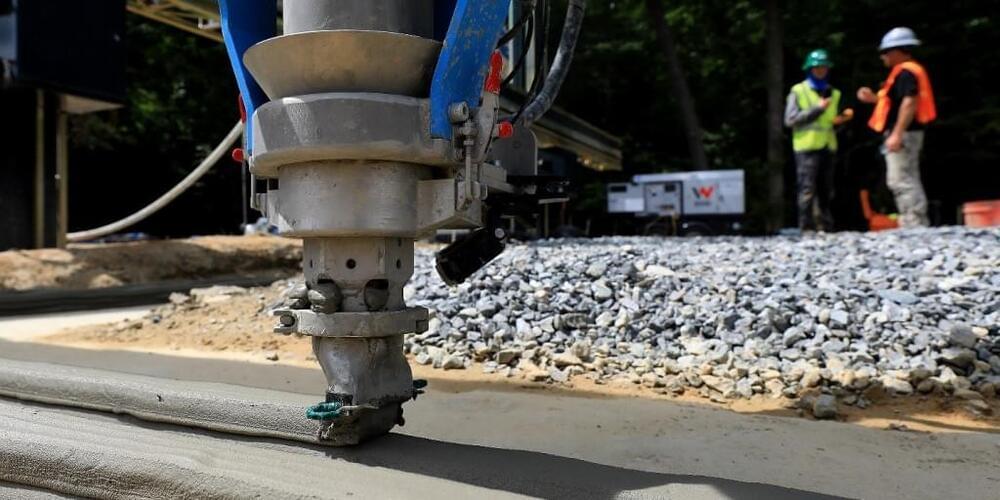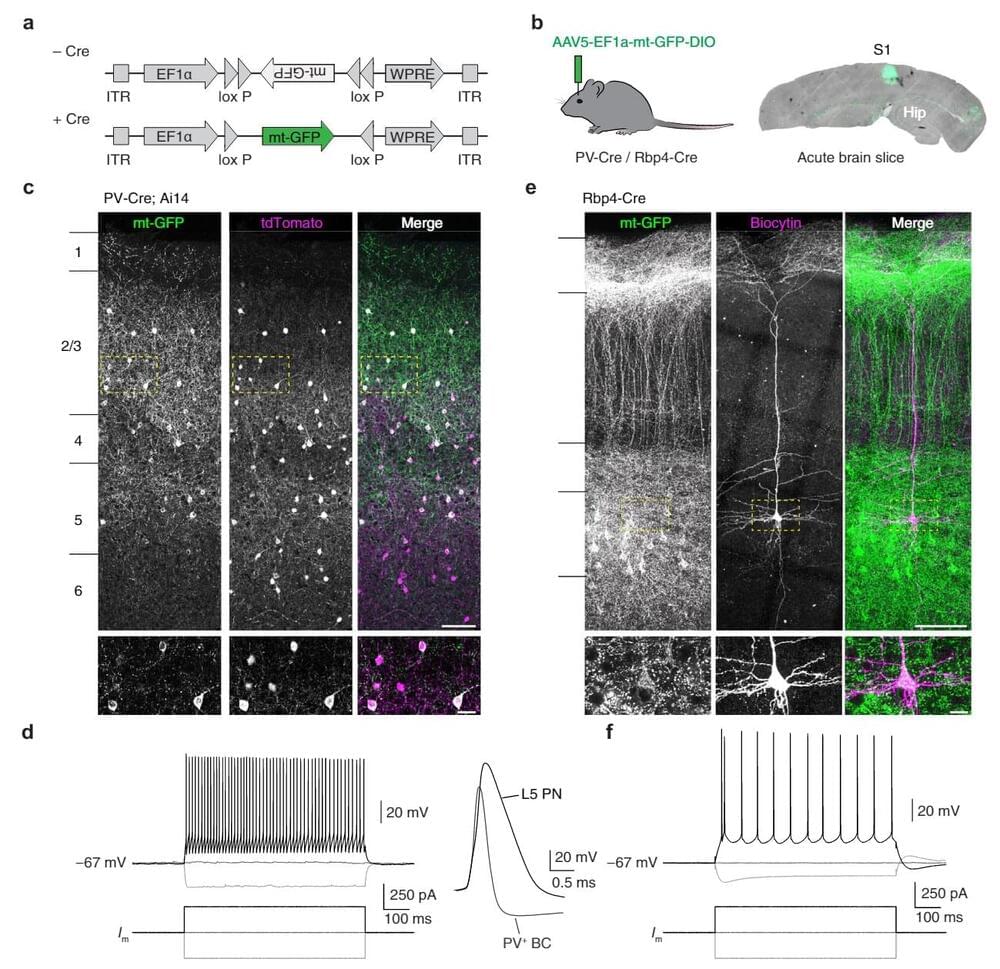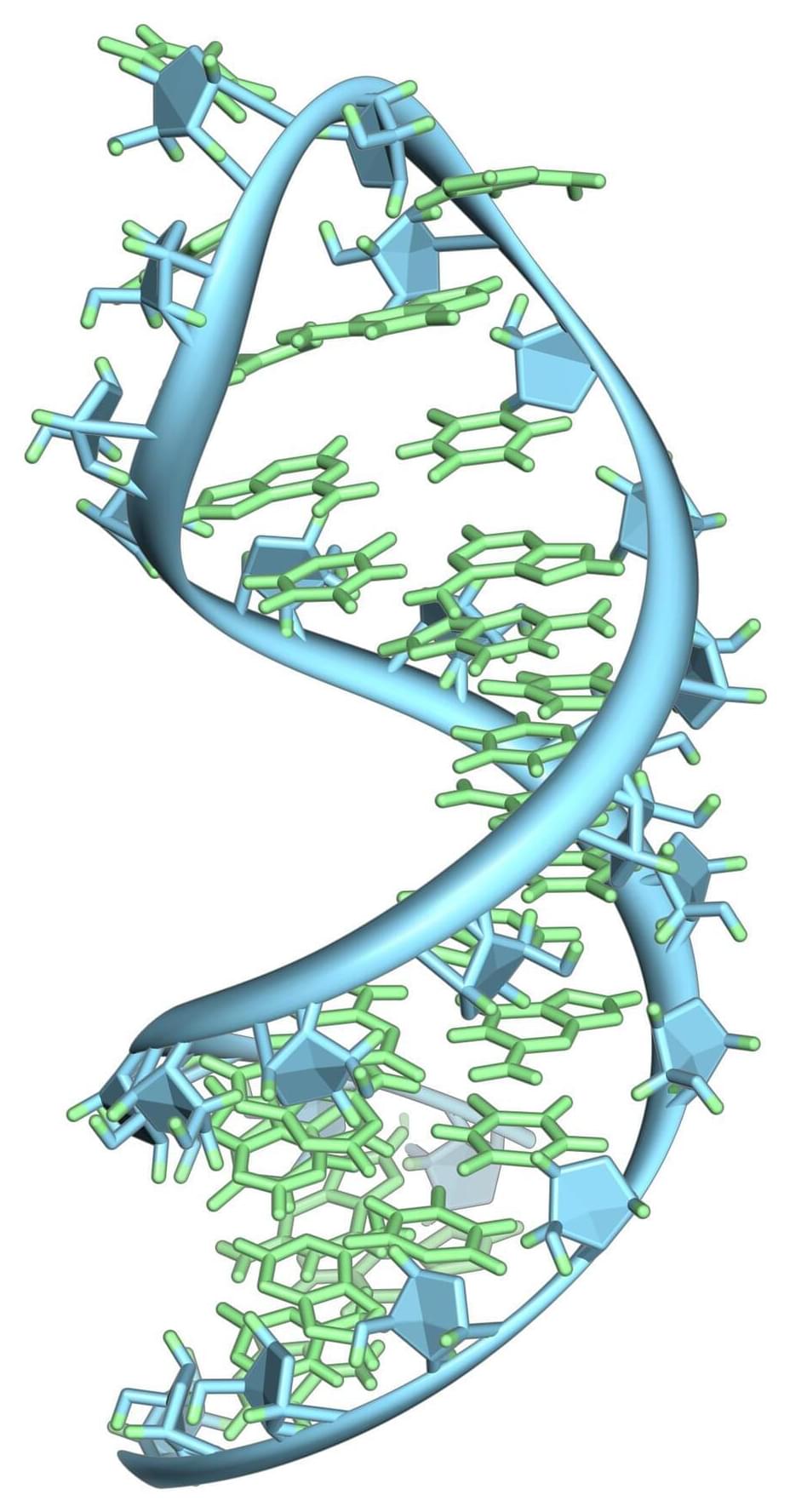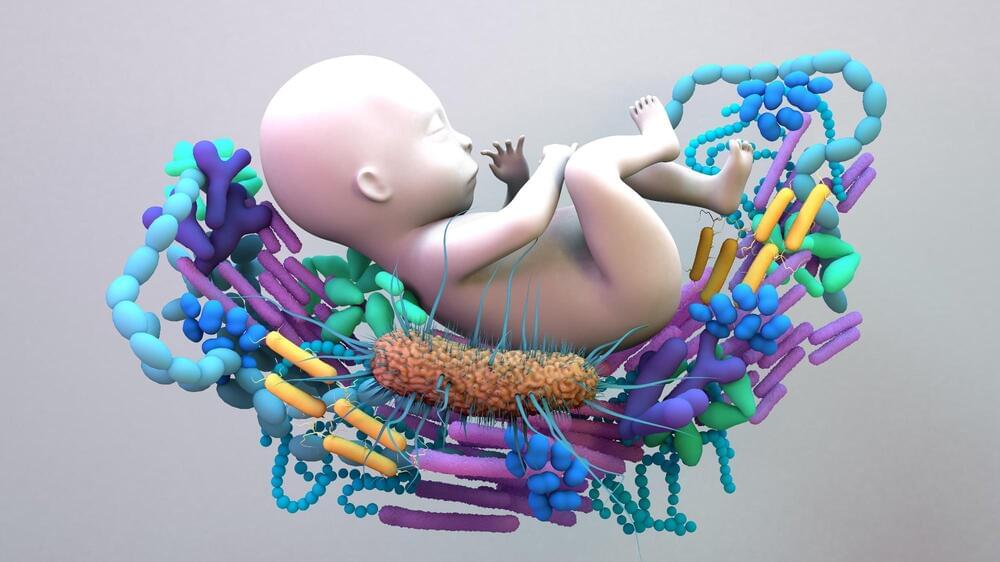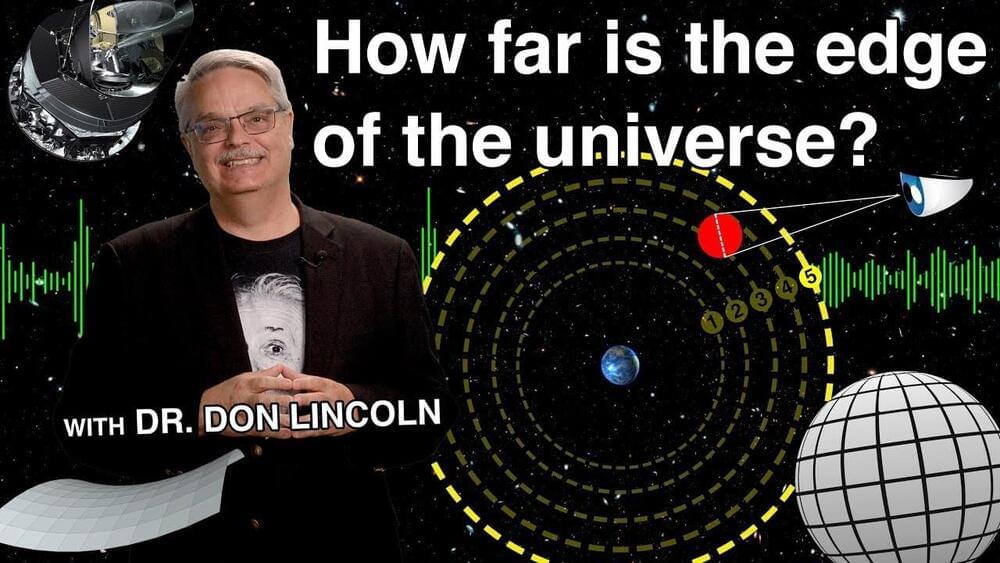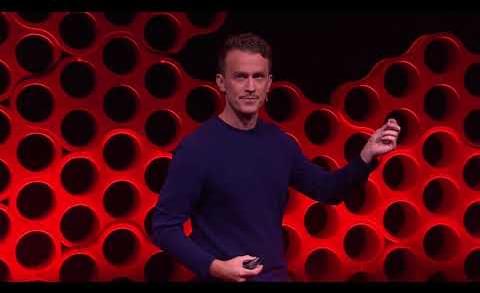Dec 20, 2022
How to make corn more like cactus
Posted by Omuterema Akhahenda in categories: cybercrime/malcode, food
Scientists are trying to teach old crops some new tricks that will let them flourish in these harsher conditions — turning to secrets that reside in plants like pineapples, orchids and agaves. These and certain other plants have hacked photosynthesis in ways that allow them to thrive when it’s hot and dry, and even to withstand blistering periods of drought.
It’s an agricultural moonshot: Scientists hope to increase plant yields by hacking photosynthesis, the process that powers life on Earth.

